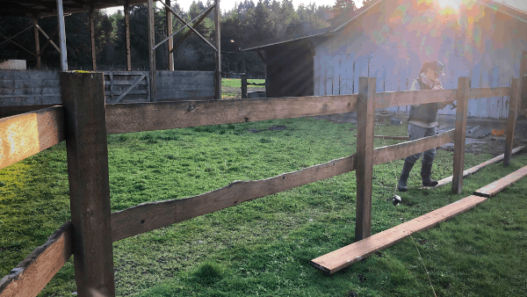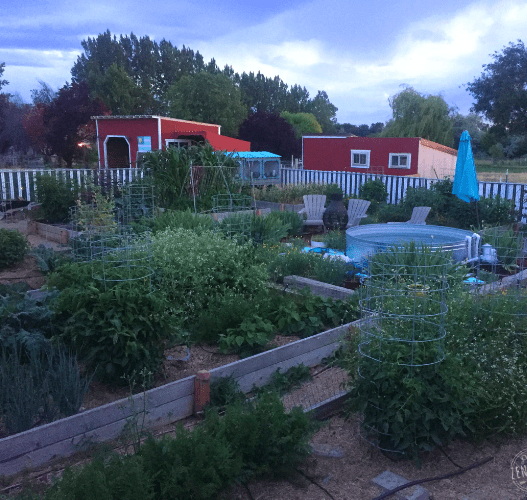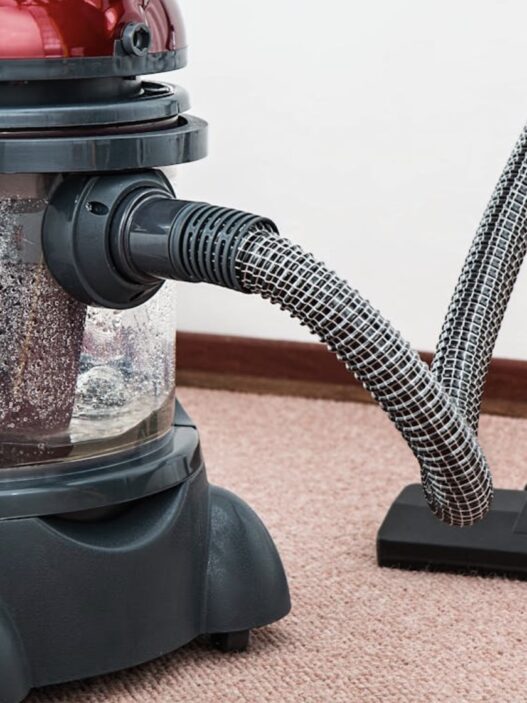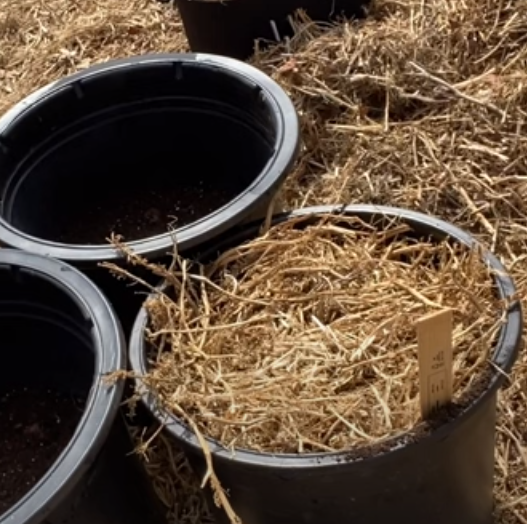So, you’ve got 10 acres of land and wish to start a homestead? You may wonder if it’s enough and what steps can make this project of yours a BIG SUCCESS!
Well, 10 acres is more than enough for a homestead. First, you need to define your vision for starting this project and then plan the infrastructure because you’ll be allotting acres to each of your goals.
- You can build a little house on around 1-5 acres.
- Raise livestock here (1 to 3 acres).
- Grow crops on around 1 to 2 acres.
- You’ll still have about half an acre of space left to bring your creative ideas to life.
In today’s step-by-step guide, I’ll tell you:
- How to start a homestead on 10 acres?
- Is this area good enough for your self-sustaining project?

Step 1: Define Your Vision
You should put a lot of thought before starting a homestead on 10 acres to make it practically work for you and (at the same time) feel right in your heart! In my case, goals were my homestead’s roadmap.
First, let’s talk about your preferences.
Are you a vegetarian or who loves to feast on animals? Knowing this will help you make choices that match your philosophy.
Your homestead will be a reflection of what you believe in.
Likewise, you need to imagine where your house will be and how big it will be. Also, you need to make a layout of spaces for your garden and a spot for your animals (If you plan to rear them).
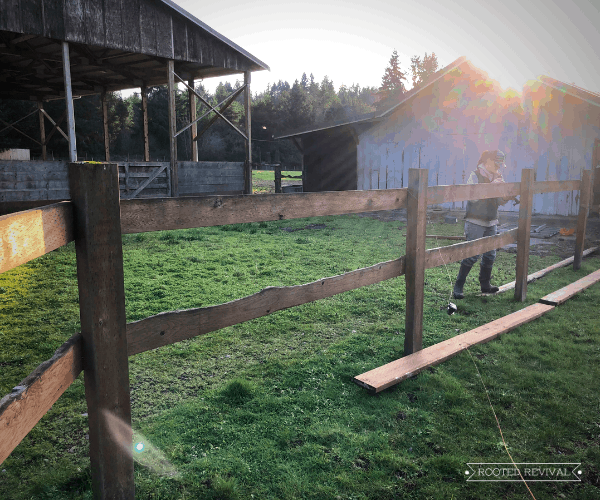
Step 2: Plan Infrastructure
Alright, so now everything is planned out and is on a piece of paper; let’s jump to setting up infrastructure so your homestead runs smoothly.
You need to take care of three things:
- Water
- Sewage
- Electricity.
For water, you can dig a well (a bit costly, around $10,000) and have access to it 24/7. The cool bit here is that you can be totally off the grid.
Sewage is the next on the agenda (It’s definitely not a glamorous topic, but an important one). A composting toilet does the job well done.
It turns waste into valuable manure that you can use for your plants (Not the ones you eat, obviously!)
Next up, you need electricity, and that’s something you can’t ignore. When I was thinking about it, two things popped up in my mind: a solar system or wind turbines.
I believe renewable energy sources are not only good for the environment but can also save you money in the long run.
Step 3: Build a House
Here comes the most important part- Building your little but perfect house! You’ve got two options here: hire professionals (contractors) to do the heavy lifting or do it yourself if you want to save a few bucks.
At first, you’ll need to decide how many acres your house should be. It’s totally your choice!
But a common rule of thumb is to allocate around 1-5 acres for a home site on a 10-acre homestead (You’ll still have plenty of space for other things).
After reaching a decision, it’s time to bring out the tools! If you’re hiring contractors, make sure to do your homework and check their reputation. If you’re going the DIY route, get ready for some hard work.
But you know what? The satisfaction of saying, “I’ve built this!” is pretty unbeatable. Right?
Step 4: Plan a Garden and Crop Areas
The next step is to plan a garden and crop areas. Let me tell you, a common starting point for this is often around 1 to 2 acres on a 10-acre homestead (But feel free to adjust based on your aspirations and preferences).
Then, you need to divide the specific area into zones based on what you’re planting. Veggies get their own space, fruits have their corner, and herbs find a cozy nook, too.
This allocation helps you organize different plants effectively!

Step 5: Set Up a Livestock Zone
If you’re not into animal products, you can happily skip this step! But if you’re a flesh eater and love sunny-side-up eggs in the morning, setting up a livestock zone on your 10-acre homestead is absolutely necessary!
I think 1 to 3 acres should do it. That would be enough!
Now let’s hop onto which produce you’re totally in love with (Like milk, beef, chicken, or something else) and what type of animals you want on your homestead. It’s your call!
Next, you need to designate specific areas for your animals where they will live, graze, and find shelter. Also, don’t forget good fencing. It’s essential to keep them happy and safe!
If you’re a newbie to the whole animal thing, start small and learn gradually. Get hands-on experience to understand the specific needs and behaviors of each type of livestock, and you’ll be all set for fun ahead!
Step 6: Create a Workshop or a Barn
If you’re someone who has a DIY spirit, you can create a workshop or a barn. It’ll only take less than 1 acre of your land, and you’ll have your very own homestead’s creative hub.
Here, you can play with your tools, store equipment, and bring your creative ideas to life. You can make shelves, cabinets, and racks to neatly organize everything.
Make sure this space is comfortable. Well, a couple of cushioned chairs or a workbench with stools can do the trick and provide you with a spot to sit, relax, and admire your work!
Now that I’m discussing comfort, let’s not forget safety! Make sure your workshop is well-ventilated and you’ve got a fire extinguisher and a first aid kit at arm’s length.

Ending Thoughts!
So, here I am, completely done with all the 6 steps to kickstart your homestead on 10 acres. I dreamt it and achieved it, and I know you can do the same.
Step into this journey with plenty of hope. Plant, build, create, and do whatever you feel like! Your homestead is your own unique adventure in which you’re free to add your personal touch. Cheers to the dirt on your hands!
